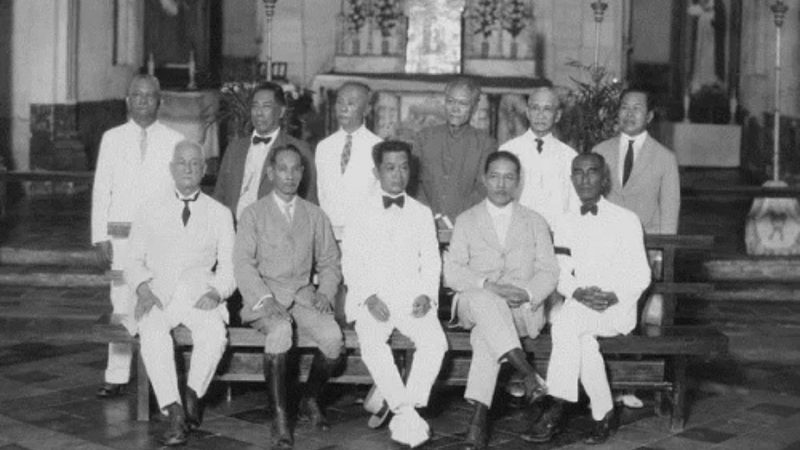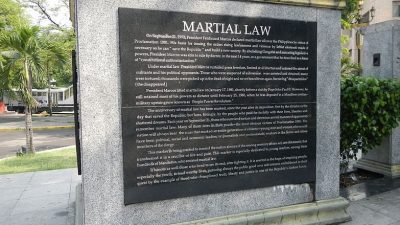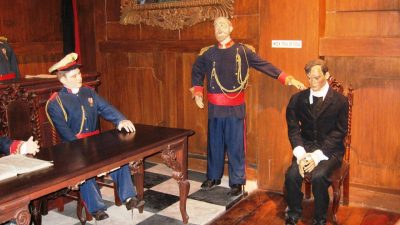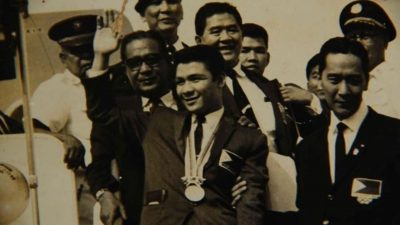On this day in Filipino history, November 29, 1898, a pivotal event unfolded as the revolutionary government under the leadership of General Emilio Aguinaldo proclaimed the separation of Church and State.
This proclamation marked a significant stride towards a more inclusive and egalitarian governance.
The backdrop to this development was the approval of the Malolos Constitution by General Emilio Aguinaldo.
Drawing inspiration from the constitutions of nations such as Mexico, Belgium, Guatemala, Costa Rica, Brazil, and France, the contentious issue centered around the provision designating Catholicism as the official religion of the State.
Debates on the matter were intense, culminating in a tie during the initial vote in Congress. A second round of voting tipped the scales in favor of the separation of Church and State, with a victory margin of just one vote.
The sessions in Congress provided insights into the sentiments of the Filipino people at the time.
Contrary to misconceptions, the Filipinos, despite their resistance against Catholic Spain, were not anti-Catholic but rather anti-clerical.
Additionally, many delegates drew lessons from the troubled history of the Philippines, realizing the negative impact of the union of Church and State under Spanish colonial rule.
This decision to separate Church and State became a cornerstone of Philippine democracy. It not only reflected the nationalism and democratic ideals of those who voted in favor but also demonstrated a profound understanding of the nation’s historical context.
As we revisit this historic moment, it serves as a reminder of the Philippines’ commitment to a governance structure that upholds the principles of equality, democracy, and a separation between religious and political institutions.
Source: Philippine News Agency archives
(JR AMIGO/AI/MNM)







